A M43 coffee table book
I live in Toronto with my family and divide my time working as a health professional and as a professional sports photographer and writer. Like most people, I began by shooting family and vacation shots with my Olympus XA compact 35mm film camera, but Olympus brand loyalty started when I was a young child and my father brought home an Olympus light microscope. I consequently owned three film Olympus cameras.
My first serious foray into photography began as a dedicated amateur digital astrophotographer more than a decade ago. This is a highly technical, gear oriented photography niche requiring a very steep and prolonged learning curve. I was inspired to write a book to help others interested in the field (Astro Imaging Projects for the Amateur Astronomer – A Maker’s Guide). Some astro themed technical articles and other more general-purpose m43 articles can be read on https://jimchungblog.com.
After many resulting years of poor sleep, I decided to step away from astronomy and pursue more conventional photography. My other hobbies include playing racquet sports and owning/restoring vintage sports cars and motorcycles so it was a natural fit to start shooting motorsports and tennis for a variety of professional online sites. I feel you have to have played the sport in order to understand all its nuances in order to effectively shoot it photographically. You can see a partial portfolio at https://jimchung.smugmug.com.
I always bring a camera when I go with my wife on our regular nature walks along the Don River which runs quite close to our home in Toronto. Over the course of many years, I started to accumulate a diversity of wildlife images. The consensus amongst friends and family was that none of them were aware or even imagined the scope of wildlife that lived right here with us, in the middle of the city.
That includes large mammals like white-tailed deer and packs of roaming coyotes to exotic fish hunting birds in a city regarded as a frozen wasteland no matter how global its stature has become with a championship NBA team and home to Bianca Andreescu (US Open Tennis Champion), Drake, The Weeknd, Shawn Mendes, Jim Carrey and Mike Meyers.
I felt the time was right for the first photographic study of urban wildlife in Toronto since it would appeal to both residents and visitors of the city alike. The text would reveal fascinating biological facts about each animal as well as an equally captivating history of the Don River and Don Valley.
I am by no means a true wildlife photographer since I have neither the time nor patience to wait hours/days under potentially unpleasant conditions for that one groundbreaking image. At best I’m an opportunistic wildlife photographer who after years of exposure began to absorb the habits and lifestyles of the wildlife I was shooting which helped maximize my chances of catching some breathtaking action. Part of that comes from the sports photography world where every photo is a journalistic capture imbued with as much motion as can be represented by a still image.
Almost every image was taken with a telephoto lens because wildlife will not tolerate human proximity and at the same time I want the reader to have an immersive front row seat experience. M.Zuiko makes two peerless professional telephoto lenses, the 40-150mm f/2.8 and the 300mm f/4 prime. The anticipated M.Zuiko 150-400mm f/4.5 with built-in 1.25x teleconvertor will be a welcome third professional addition but its price is expected to be very high.
Occasionally I will shoot with my trio of Sigma telephoto lenses made for Canon EOS mount because I need even more focal length, or focal length with a much larger aperture than can be provided with M.Zuiko lenses. These would be the Sigma 500mm f/4, the 300-800mm f/5.6 and the 120-300mm f/2.8. When coupled with a 0.71x focal reducer like a Metabones Speedbooster, you can also gain an extra stop of aperture which is useful when shooting in the often dark woodland forest.
I primarily shoot with the E-M1X body because it has the best tracking ability although there is a wildlife specific tracking firmware update expected by the end of this year which will make bird watchers very happy. The current OM-D bodies do not track wildlife well at all so I typically use C-AF and low continuous frame rates to keep moving subjects in focus.
This only works with M.Zuiko glass since adapted lenses respond far too slowly for wildlife applications. I also use S-AF with the smallest target square for subjects hidden amongst foliage and ensure that at least one eyeball is in sharp focus. I always shoot in aperture priority and with the largest aperture available and adjust ISO in order to get the shutter speed I need.
I find that noise up to ISO 3200 can be effectively removed in post. Often the subject is at rest so I can take advantage of the excellent IBIS stabilization system with a very low shutter speed and low ISO. Contrary to general belief, a slow shutter speed is often desirable with moving subjects in order to convey a sense of motion with parts of its body blurred.
High focal lengths are also a must when shooting small song birds since they are often perched high up in a tree and are always diminutive in size. The combination of the M.Zuiko 300mm f/4 with the MC20 gives me 600mm of focal length in an incredibly small and lightweight combination well suited for wildlife applications where the photographer often has to walk a long distance.
The only downside is the maximum f/8 aperture which can be rather dark and pushing against diffraction limitations. The alternative is to walk with my Sigma 500mm f/4 which can be only handheld for brief intervals at a time whereas the 300mm f/4 and MC20 can be handheld for many minutes and even hours… if absolutely necessary.
Pro Capture (low) is a wonderful Olympus innovation for capturing birds in flight as small song birds are extremely difficult to track at high focal length in midflight. We can, however, catch their initial few frames of flight when taking off from their perch.
Image stacking is another Olympus innovation available when a dedicated macro lens is attached to an Olympus body. Since the depth of focus is so shallow in a wide-open macro lens, only small parts of a subject will be in focus. By automatically changing the focal point of the lens, the camera body can cut and paste only those sections in focus to create a composite image showing the entire subject in focus.
And often overlooked because it’s a passive feature is the weather sealing ability of the Olympus body and Pro lenses. Wildlife photographers often have to be exposed to the same unforgiving elements as their subjects in order to get their images.
The book is 160 pages long with images on nearly every page and fabricated with very high production values by an invested West Coast Canadian printer. It’s a classical coffee table book that can adorn tabletops in an Architectural Digest feature. It’s a fascinating reading and visual experience for the uninitiated and a terrific shared experience with children.
The book will be available at the end of October 2020 through Amazon and in your local bookstores. I do have several advance copies that I would be happy to sign but the shipping charges to your location may make their purchase uneconomical. Visit the book’s website at http://jimchungauthor.com.
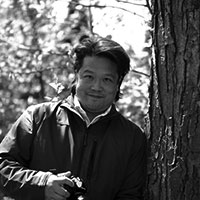
“I live in Toronto with my family and divide my time working as a health professional and as a professional sports photographer and writer.”



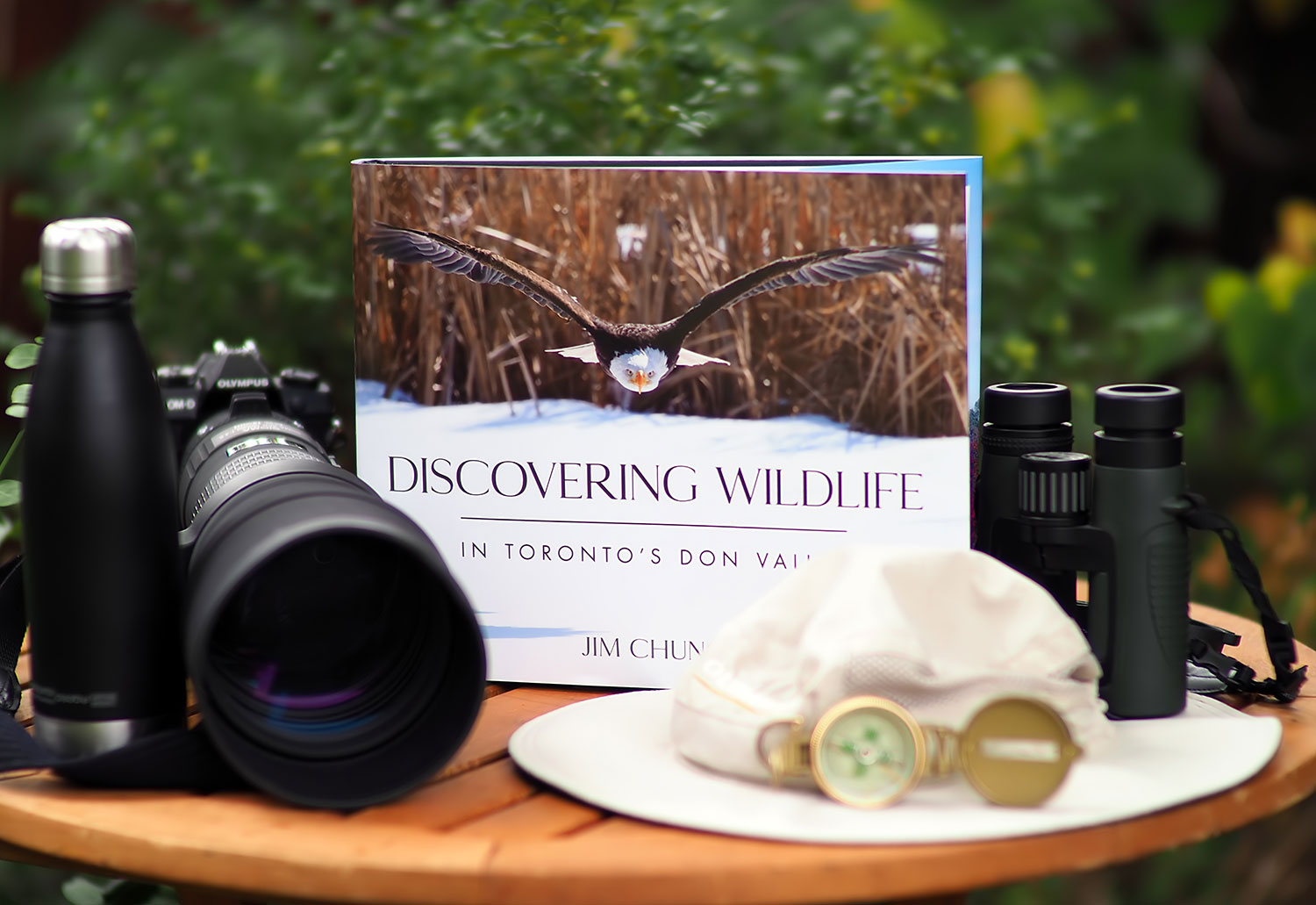
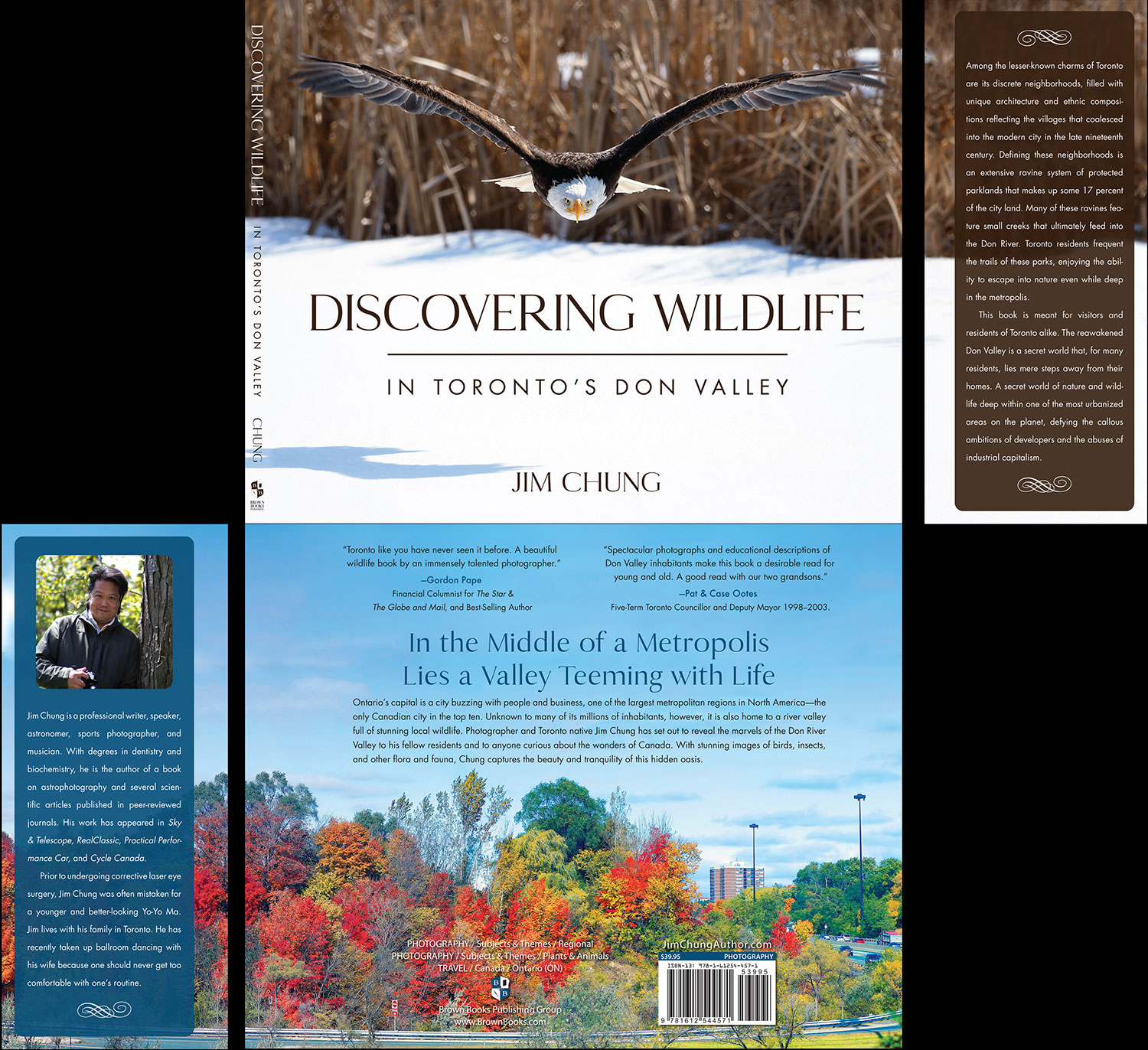

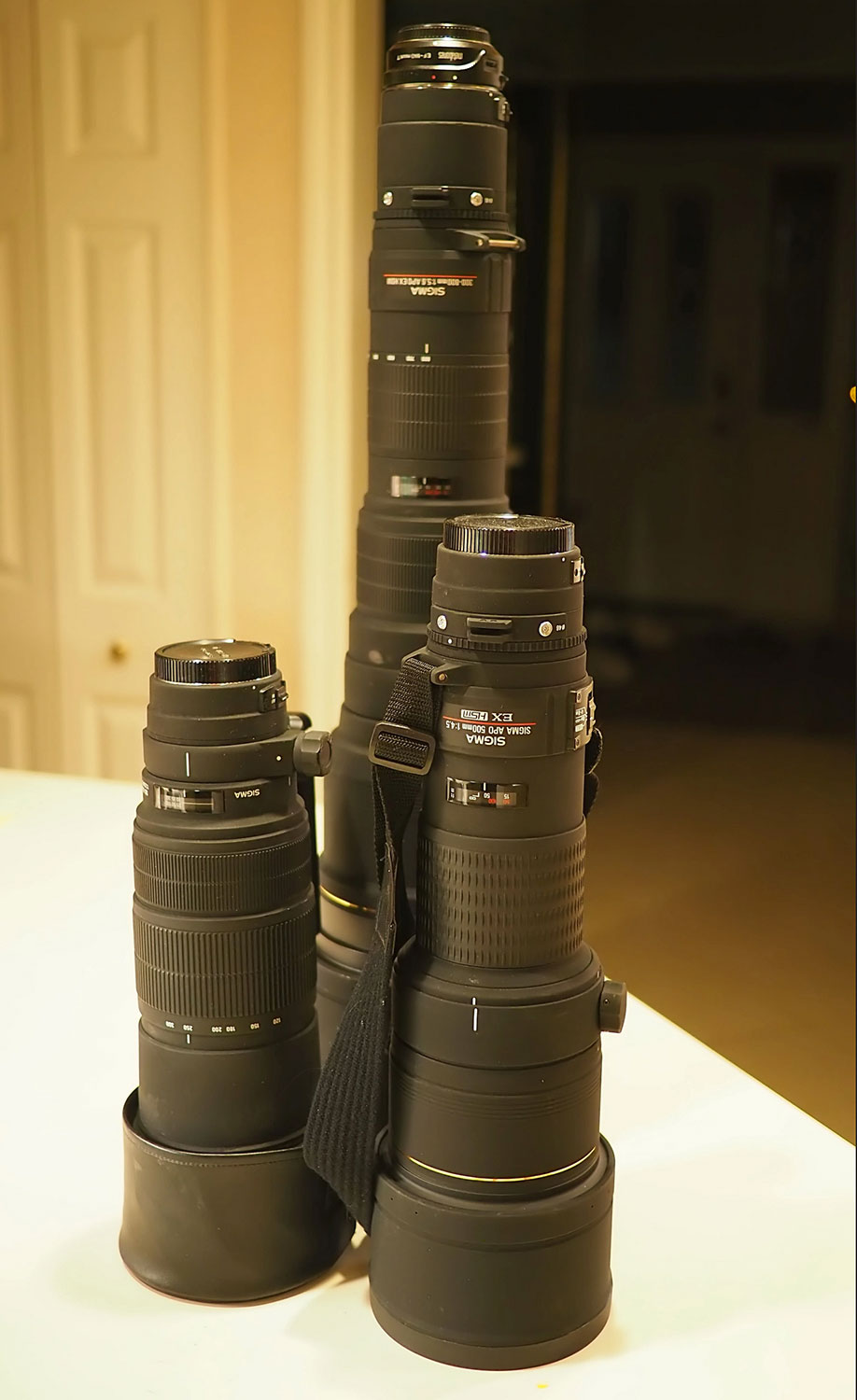


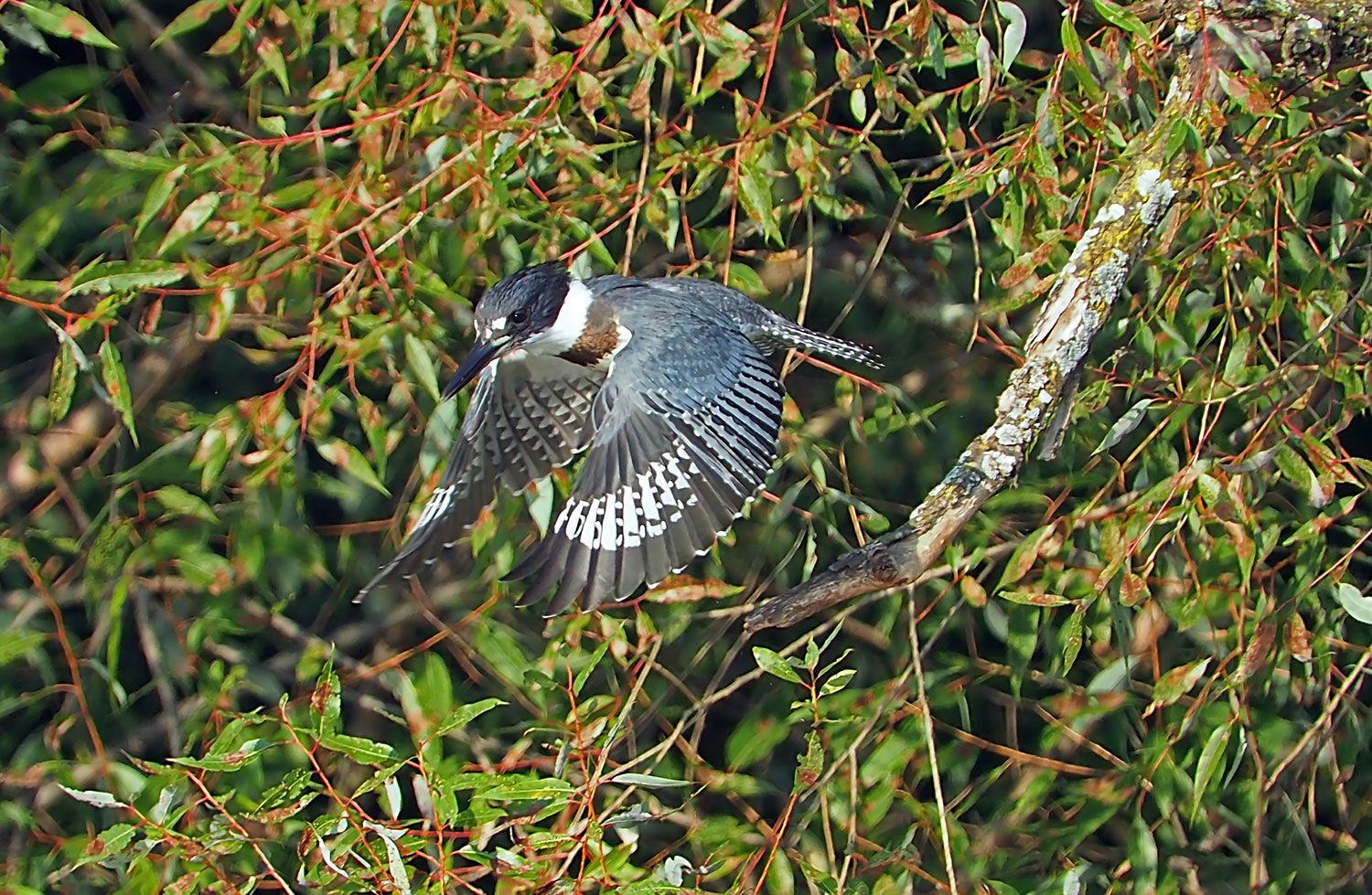

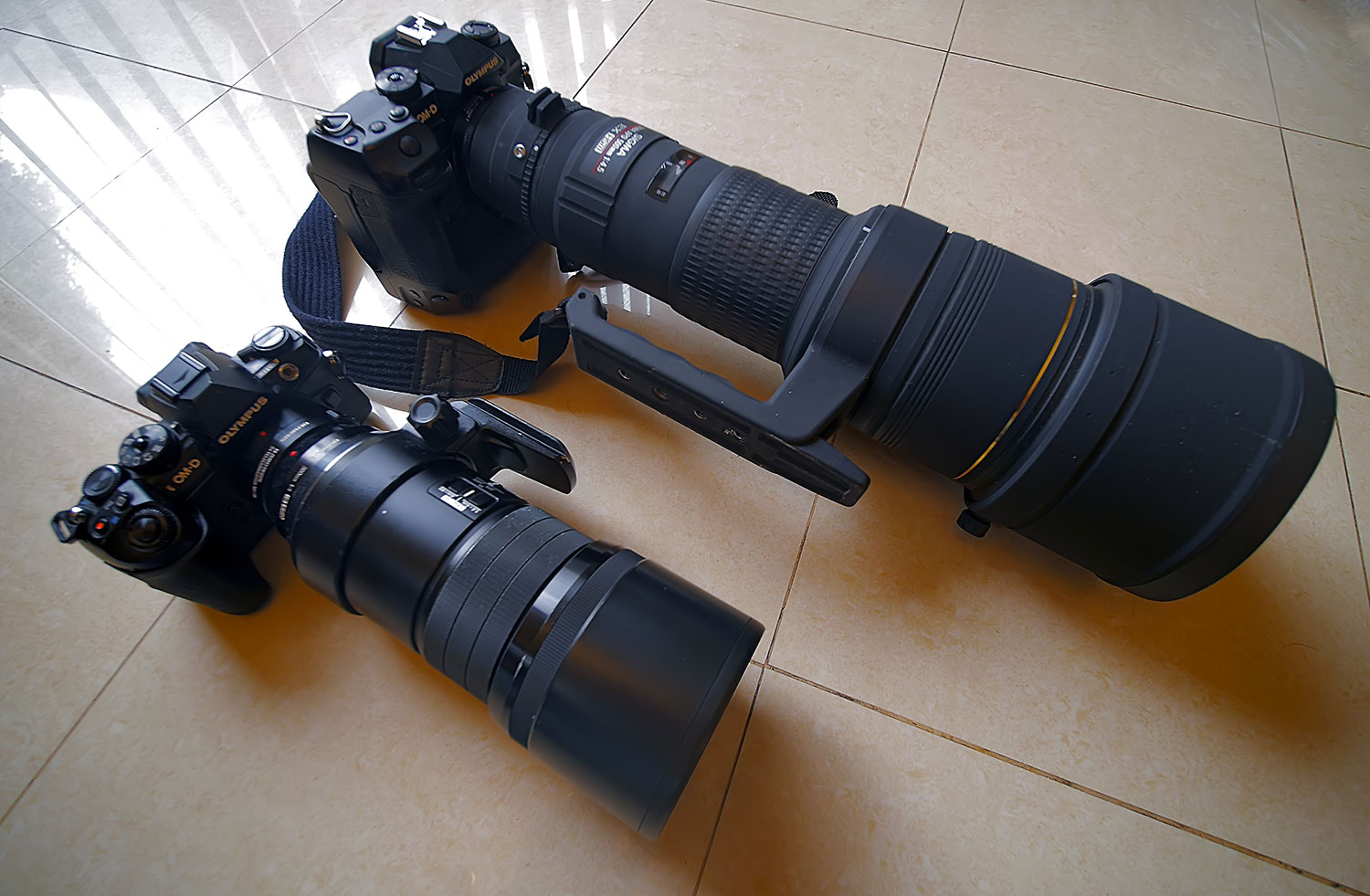

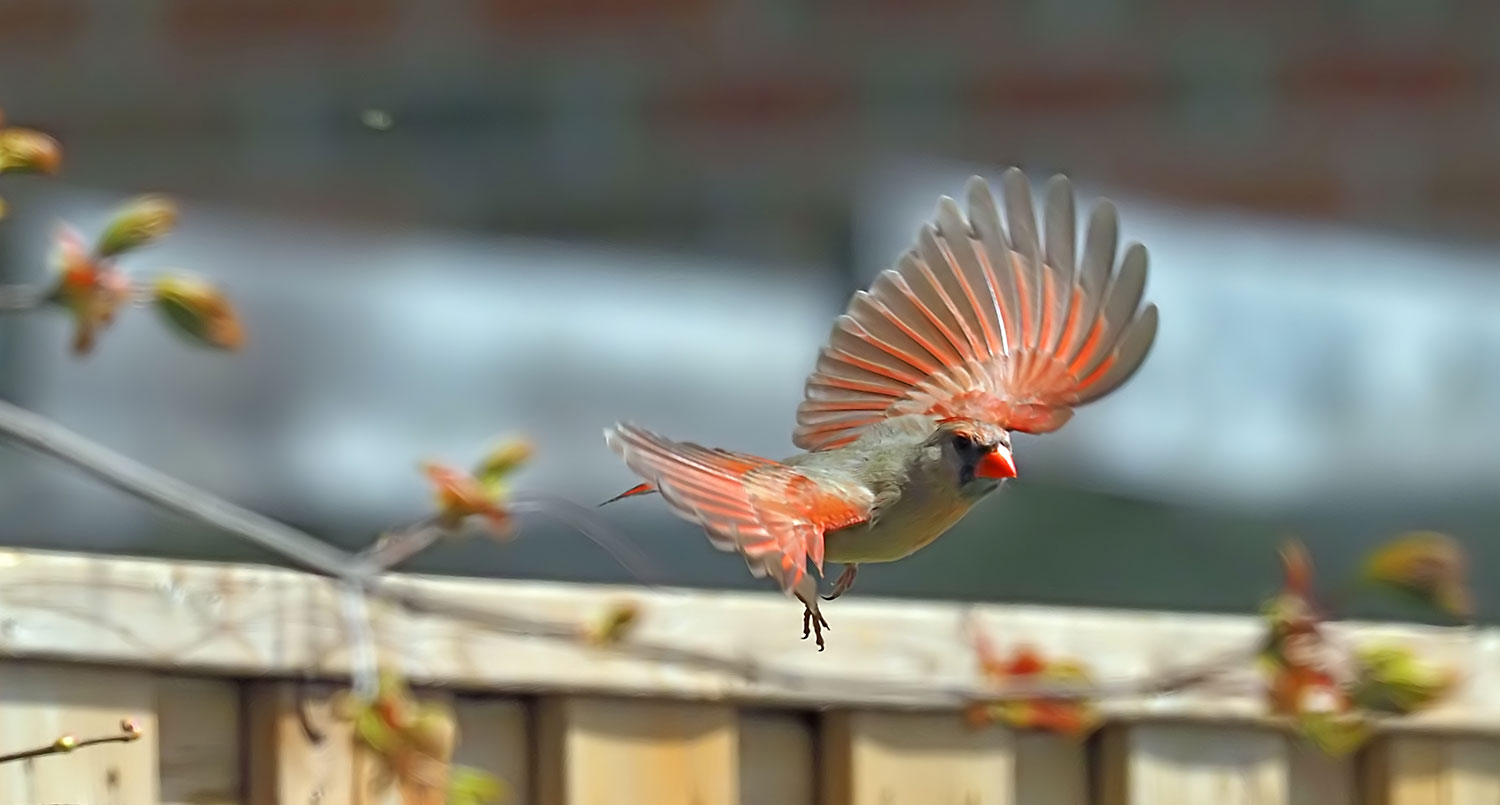
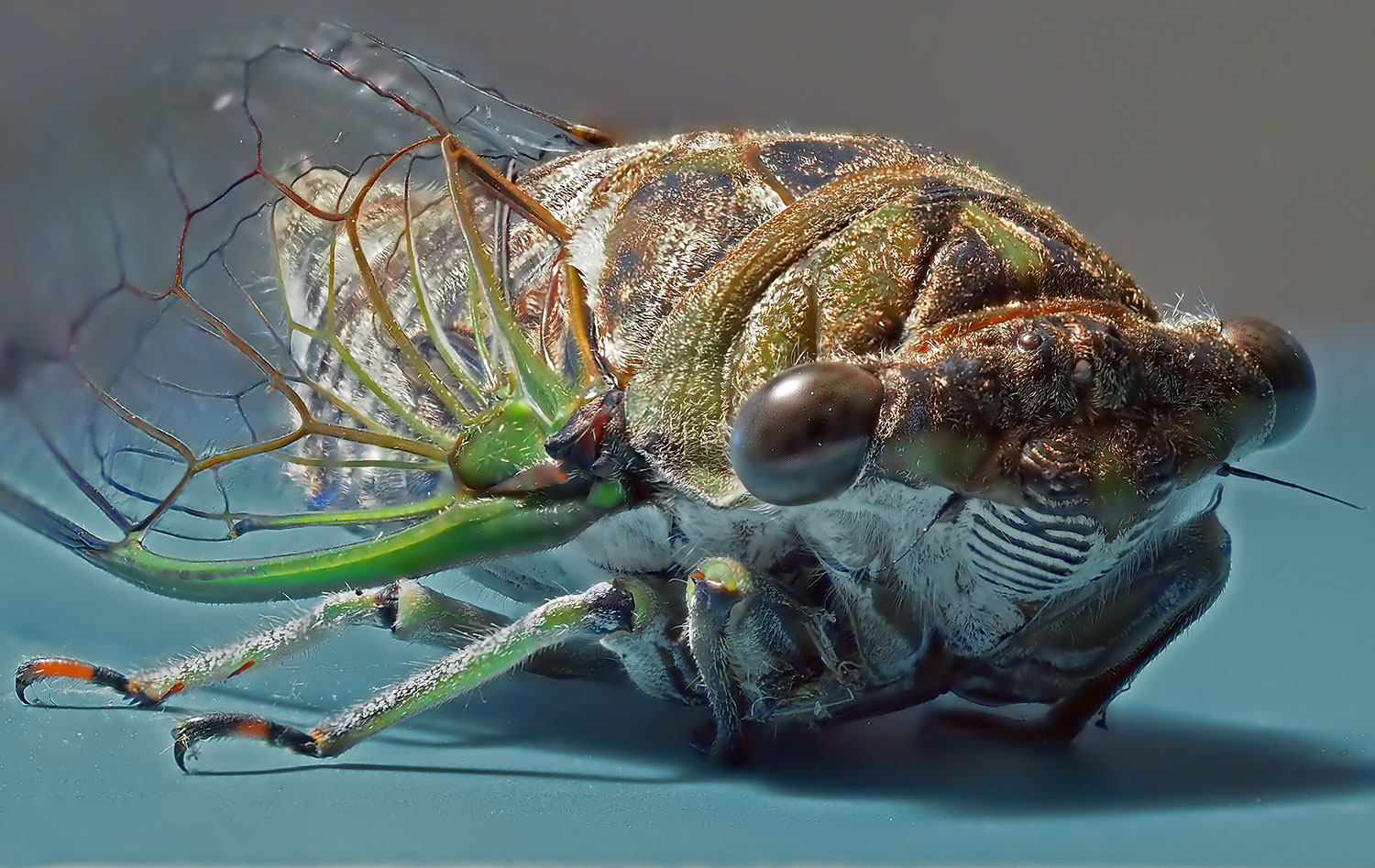
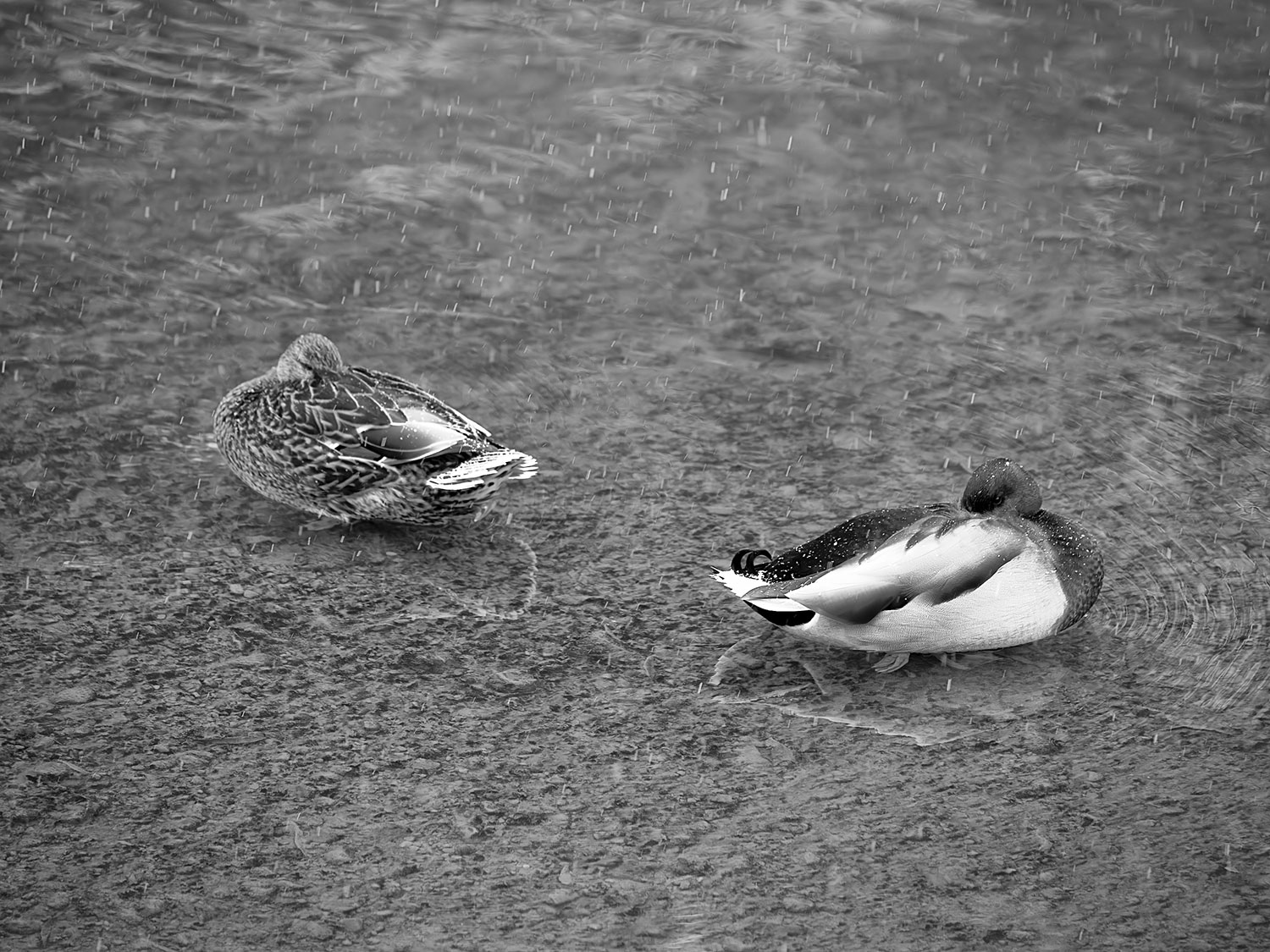
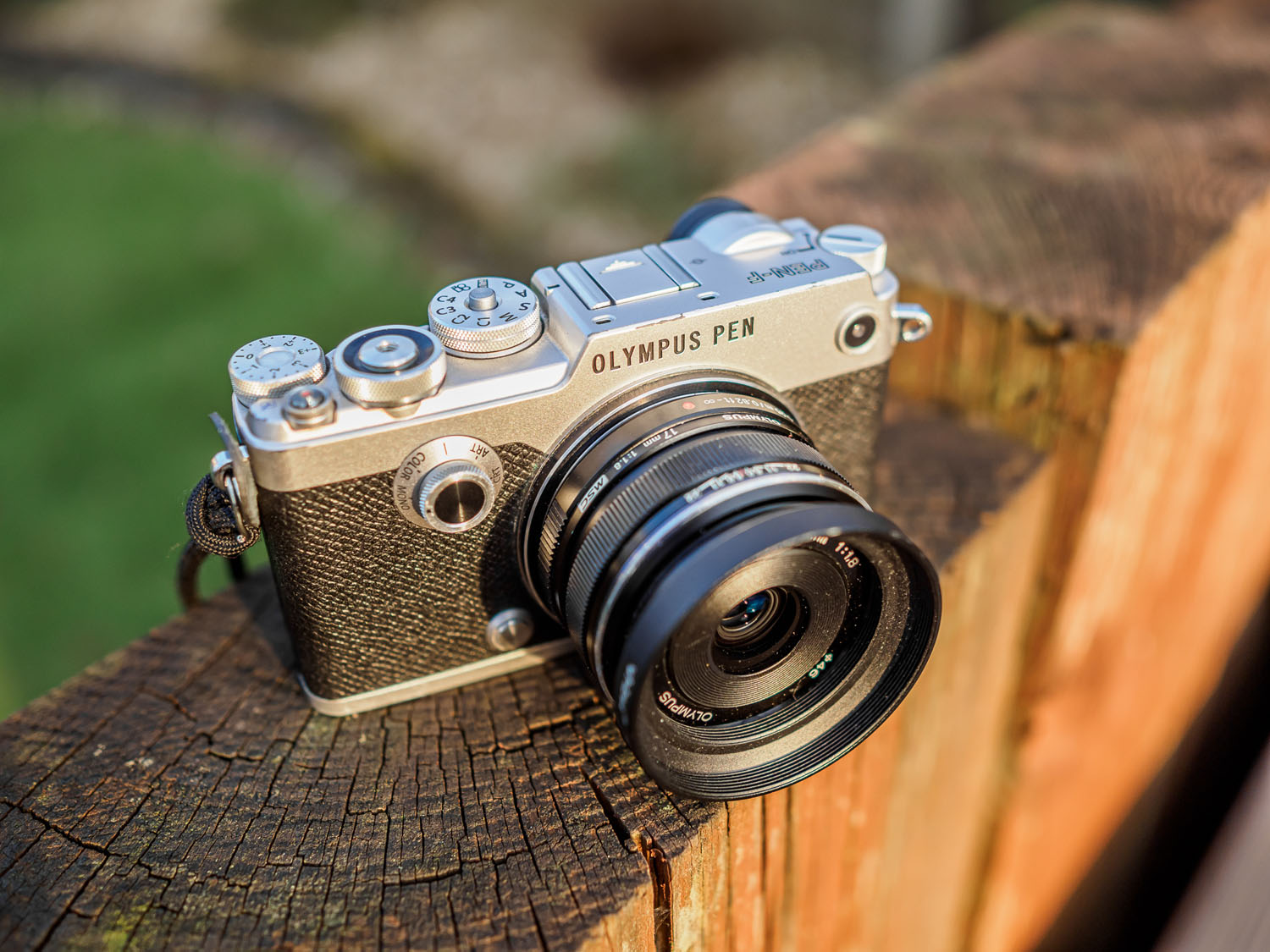


Aaron Puviarasan
August 18, 2024 @ 00:25
I’m glad you’re keeping busy while enjoying everything you’re doing. You’re truly an inspiration and a man of exceptional talent, wit, and hard work. Best of everything to you.
Aaron (Lejomee’s husband)
Jim
August 18, 2024 @ 04:22
THANKS for the extremely kind comments and I hope everyone is doing well!